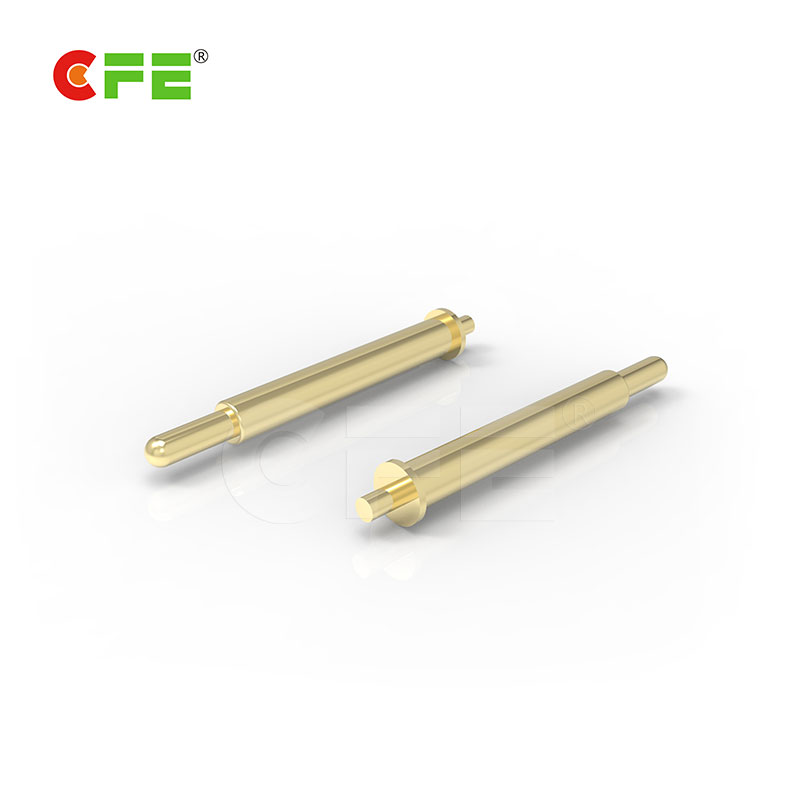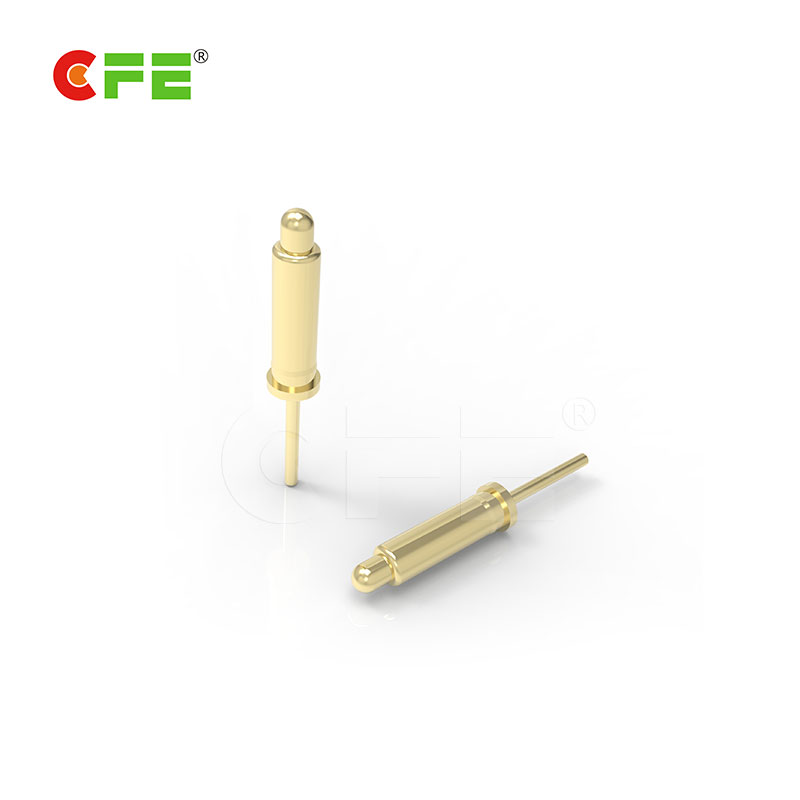The Pogo pin spring plunger design is considered the best compromise for electrical performance and mechanical reliability. However, for arrays, the Pogo pin method can not achieve 50Ω contact in a region array device because it is virtually impossible to produce a pin with a characteristic impedance of 50 W and is suitable for the currently used tight pitch.
Spring Plunger Design
Pogo pin suppliers are now providing a single motion spring plunger design for the pin to reduce the total length of the pin and maintain compliance. With its sharp crown spring plunger design, a suitable Pogo needle can penetrate the oxide with a very small force (<20 g) and will not damage the packaging leads / pads or balls or leave unnecessary “witness” Mark the DUT or PC board. 40 to 60 grams of traction usually leaves a traces of witnesses that could lead to early failures in contact with the board when welding is in place.
The spring plunger is made of steel and is an economical choice for any application that requires part positioning or indexing. These non-locking spring plungers can be inch sizes and have a knurled handle with a yellow galvanized body and needle. They have or no seal pieces; also available in stainless steel versions.
 |
 |
| [BP67711] Through hole mount spring loaded pogo pins | [MF325-1111] DIP through hole spring loaded pcb pogo pins |
Inside Of Spring Plunger Design
This type of industrial product uses a threaded housing and a plunger assembly to close the spring. This design protects the coil while increasing the overall strength and stability. The plunger and housing design allows these industrial equipment supplies to exceed the standard components by producing precise end forces with positive and controlled tension. It is time that spring days are tense and are being fired in the room.
Material of Spring Plungers
Plastic substitutes are a viable option when looking for a spring plunger that does not deform a softer metal. Copper, copper alloys and aluminum can be easily removed from the impact of steel plungers. There are many polymer materials available, such as Delrin and nylon, which provide strong retention and comparable tension without any damage to adjacent materials.




